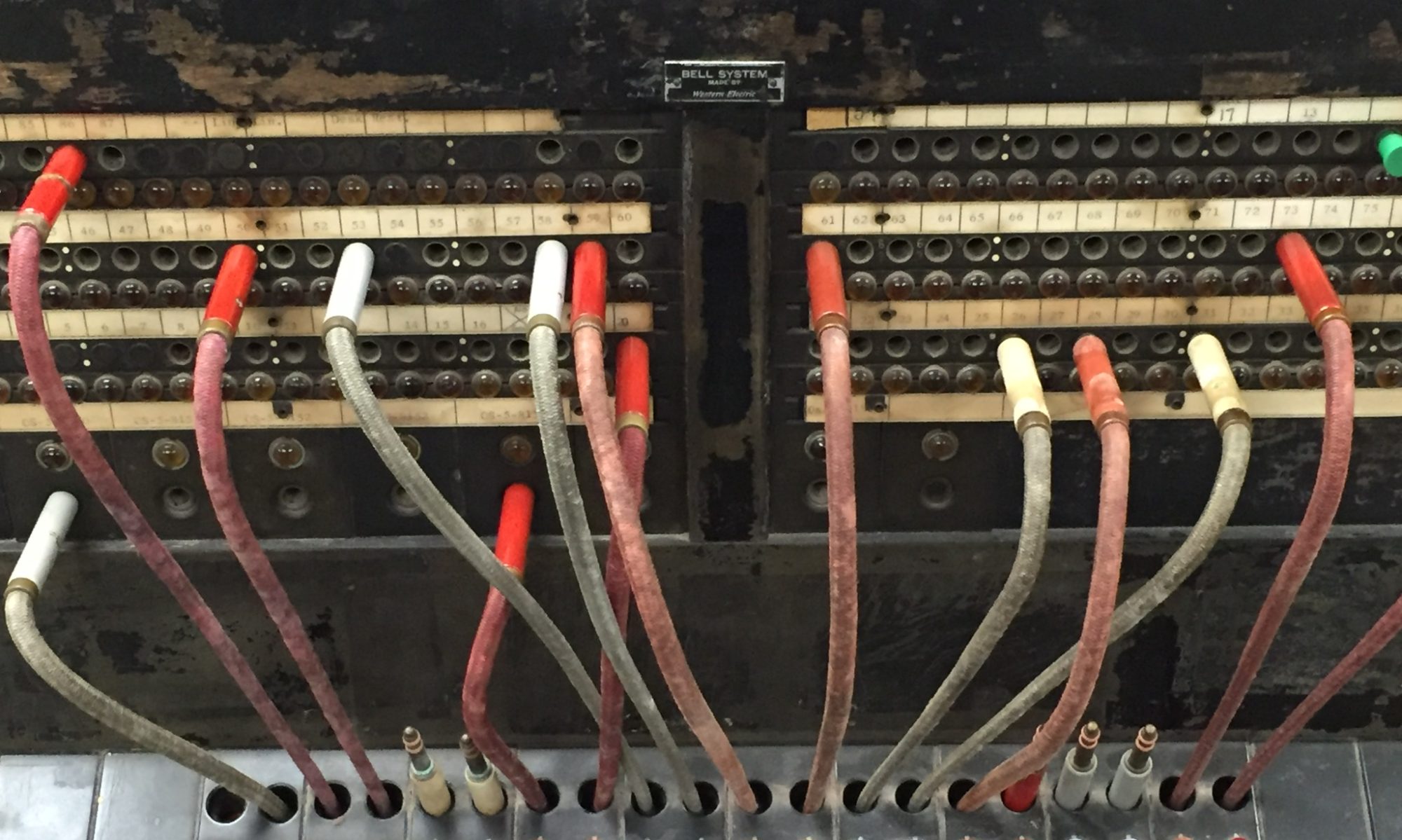Draining and Dropping the Tank
Before I started draining the tank, its always better to use up as much gas as you can first, as you’ll need to temporarily store any gas from the tank. I just drove the car until it appeared to be empty, and found that indeed it only had a couple gallons left.
Since a fuel injection system is usually under pressure, the first thing is to release the pressure off the system if the car has recently been run. I happen to have a Craftsman fuel pressure gauge that has a release button (with a little offshoot hose), so I connected that to the test port of the fuel rail on the engine, and released any residual pressure it had safely into a container. If you don’t have one like this, you can also simply hold a rag over the test port and use something skinny to press the valve in on the test port, but see the warning below…

Warning: The fuel rail can have 40+ PSI of pressure in it – you MUST use caution here, as gasoline will not only spray out of it, but any nearby spark can also ignite it!
Once the pressure is released, I removed the valve needle from the test port (you can do this using a fine pair of needlenose plyers, or a schrader valve removal tool), and connected a piece of long 5/8″ hose to the port, with the other end going to a gas can. Once I did that, I used a clip lead to connect the black lead hanging behind the alternator to +12 volts (I used the thick cable on the back of the alternator) to manually run the fuel pump, which will pump gas into the gas can.
AGAIN, make sure no gas leaks on top your engine or near this clip lead! The spark it produces CAN AND WILL IGNITE FUEL VAPORS!
Once I pumped out as much fuel as I could, I disconnected the battery on the car, then headed out back to remove the tank.

The tank is held in by two long metal straps that travel from the back bumper, under the tank to the front of the tank, and held in by two long 15mm bolts. Keep in mind that even pumped out, the tank still has some residual gas in it, but otherwise shouldn’t be *too* heavy. I found that in my case I didn’t need to jack the car up, but you may want to, or put the rear of the car on jackstands first. Again use caution and make sure you chock the wheels (e-brake and park are useless with rear tires lifted!) and have a backup stand/block incase someting goes wrong.
First thing was to disconnect any wiring to the fuel pump, which really should be one plug. Since I had the Racetronix “hotwire” kit, I also removed the little ground clip off the tank as well. After that, I put a low-profile jack under the center of the tank, with a small piece of plywood on the pad, so it not only helps support the tank, but keeps from scratching it up. I also put a couple foam pads on the ground so I could slide the tank out without scratching it up. I raised the jack up just enough that it held the plywood in place.
After that, it’s simply a matter of loosening/removing the two 15mm bolts, drop the straps, swing them out of the way, then lower the tank on the jack. With it empty, I was able to do this myself relatively easily, but if you have a full tank I highly recommend 2 if not 3 people to help guide it down. It also helped to have the license plate open to guide the neck out of the slot.
Note that you still need to disconnect the 3 fuel lines (one fuel feed, one fuel return, and one vent line). If these are the original GM lines, you may want to just remove the clamps and cut them off, as now that they are over 30 years old, they should be replaced. Save the clamps, especially the dual clamps from the fuel feed line.

Up next – replacing the sender and fuel pump assembly >>>
